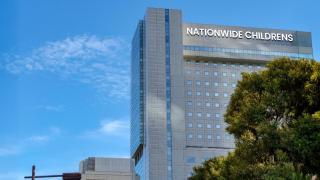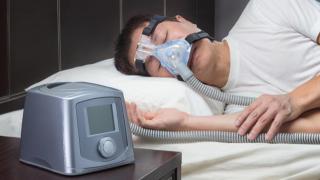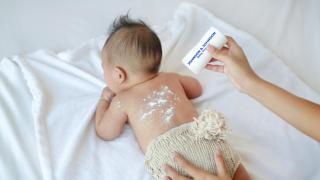J&J's Baby Powder Off-The-Shelf Over Asbestos Problem
J&J's Baby Powder Off-The-Shelf Over Asbestos Problem

Introduction
Johnson & Johnson' s (J&J) Baby Powder is removed by several major pharmacy chains, following the recall announcement made by the manufacturer last week, after FDA tests confirmed the presence of chrysotile asbestos contamination in certain bottles.
Pharmacy giants including, CVS, Walmart, and Rite Aid are pulling, all 22-ounce bottles of the talc-based powder from their store shelves. The recall included bottles from lot# 22318RB, which can be found on the back of the bottle, directly underneath the cap. The recall, which impacted 33,000 bottles, was announced on October 25.
J&J is facing about 13,000 Baby Powder lawsuits and Shower-to-Shower lawsuits, alleging that the talc-based products cause asbestos-linked disease mesothelioma, as well as ovarian cancer among women who applied the product around their genitals for years.
Plaintiffs in the talc cases have accused Johnson & Johnson of failing to warn customers of the risks of asbestos contamination, despite being aware of concerns for decades. A New York Times investigation last year found internal memos and reports made public during litigation that document executives' concerns about potential contamination that date back 50 years.
J&J has repeatedly said that its talc products are safe, and that decades of studies have shown them to be asbestos-free and that they do not cause cancer.
The World Health Organization and other authorities recognize no safe level of asbestos exposure. While most people exposed never develop cancer, for some, even small amounts of asbestos are enough to trigger mesothelioma years later. A lot of lawsuits against the company involve women diagnosed with ovarian cancer.
While health risks increase with heavier and longer exposure to asbestos, the overall evidence suggests no level of asbestos exposure is safe, and disease has been found in people with only brief exposures, according to the National Cancer Institute.
Since the early 1940s, millions of American workers have been exposed to asbestos. Health hazards from asbestos fibers have been recognized in workers exposed in the shipbuilding trades, asbestos mining and milling, manufacturing of asbestos textiles and other asbestos products, insulation work in the construction and building trades, and a variety of other trades. Demolition workers, drywall removers, asbestos removal workers, firefighters, and automobile workers also may be exposed to asbestos fibers. Studies evaluating the cancer risk experienced by automobile mechanics exposed to asbestos through brake repair are limited, but the overall evidence suggests there is no safe level of asbestos exposure (3, 8). As a result of government regulations and improved work practices, today’s workers (those without previous exposure) are likely to face smaller risks than did those exposed in the past.
Individuals involved in the rescue, recovery, and cleanup at the site of September 11, 2001, attacks on the World Trade Center (WTC) in New York City are another group at risk of developing an asbestos-related disease. Because asbestos was used in the construction of the North Tower of the WTC, when the building was attacked, hundreds of tons of asbestos were released into the atmosphere. Those at greatest risk include firefighters, police officers, paramedics, construction workers, and volunteers who worked in the rubble at Ground Zero. Others at risk include residents close to the WTC towers and those who attended schools nearby. These individuals will need to be followed to determine the long-term health consequences of their exposure.
The lawsuits are consolidated under multidistrict litigation MDL No. 2738 ( In Re: Johnson & Johnson Talcum Powder Products Marketing, Sales Practices, and Products Liability Litigation). Lawsuits are also pending in a coordinated California proceeding under Judicial Council Coordinated Proceeding No. 4877.
Latest News
Texas Trial to Decide J&J’s $10B Talcum Powder Settlement
A high-stakes trial in Texas will determine whether Johnson & Johnson (J&J) can resolve tens of thousands of talcum powder cancer lawsuits through a…




